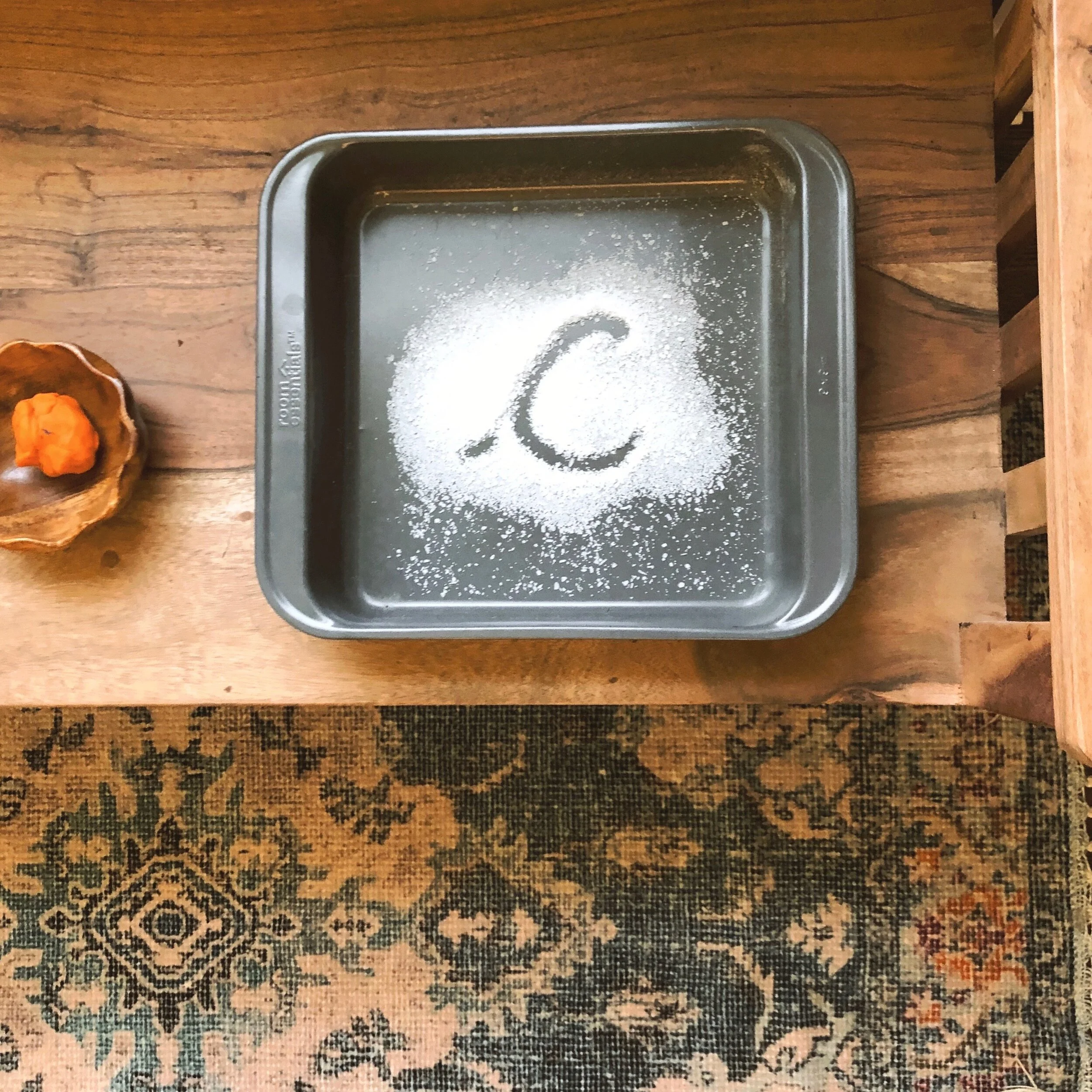Montessori at Home: Sensorial
/In this post, I gave an overview of the Montessori sensorial curriculum. The materials in this area refine the senses a child uses to take in everything around them.
Home should never strive to look like a classroom. You do not need the full complement of Montessori sensorial materials to offer your children rich sensorial experiences. Don’t fall into the trap of feeling like you need to re-create every sensory bin you see online. Sensory rich experiences can be woven into the regular rhythms and routines of your every day life.
Get in the kitchen. Preparing food offers endless sensorial opportunities. There are so many textures, tastes, smells and sounds! Give everything a name. Oh, that’s crunchy! Do you want to smell the vanilla? Do you hear the snap the beans make? Use time in the kitchen to draw attention to the way things taste, smell, sound, look and feel.
Get outside. Nature provides so many opportunities for sensory exploration and the experiences can differ depending on the day! Use opportunities outside to explore contrast. Cold, hot, wet, dry. Long sticks, short sticks. Heavy rocks, light rocks. Rough bark, soft moss.
Make art! Art offers opportunities to explore with colors and shapes. Put beautiful art in your child’s space and draw attention to the details. Notice shapes and colors. Are there interesting textures? Don’t stop at appreciating art. Find opportunities to create. Explore shapes and colors. Provide activities with primary colors to encourage even more exploration. Experiment with different types of clay. Get your hands messy and play with finger paint.
Get down and boogie! Expose your child to all types of music. Listen to the different sounds and talk about what you hear. Is it fast or slow? What does your body want to do when you hear it? Can you clap to it? How does it make you feel? Relaxed? Excited?







